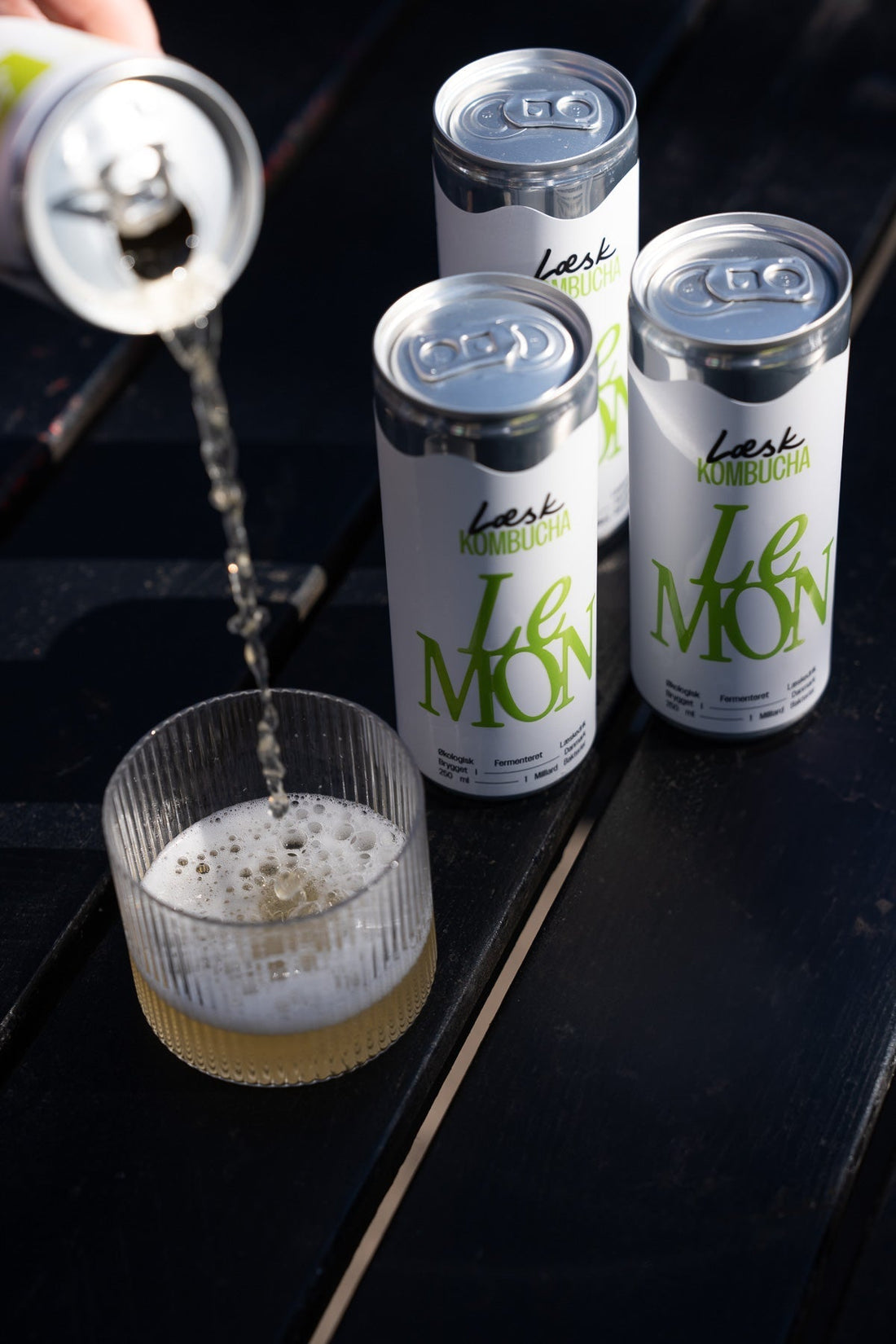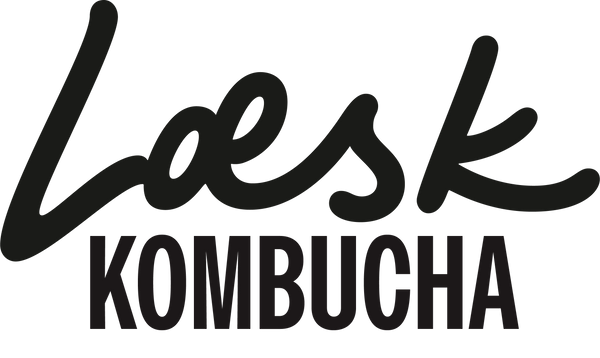
Active bacterial culture in Läsk Kombucha
There is much debate about the probiotic content of kombucha. The word "probiotic" is used loosely to refer to fermented foods, and kombucha has become particularly well-known for its effects on the human gastrointestinal tract. It is a controversial topic that science has only just begun to address. However, there is relatively broad agreement that:
A healthy intestinal flora has a positive influence on your health
- both physically and mentally -
Probiotic home brew?
For a bacterium to be classified as probiotic, there are two criteria in particular that must be met:
- The bacterium must be carefully characterized, which implies a comprehensive understanding of its specific bacterial strain and properties. The beneficial effect of the bacteria in question must be documented through several scientific trials.
- Before a bacterium can be considered probiotic, it must also be demonstrated in what quantities the bacterium must be consumed to achieve the desired health-promoting effects. In addition, the final quantity in the product (kombucha) must be known and documented.
If you look at a completely "regular" kombucha culture under a microscope, the living organisms you see will not be able to be described as probiotic. They are most often not the right strains, and the quantities will be difficult to define, which is also a requirement.
Just because your home-brewed kombucha isn't probiotic doesn't mean it can't be really good for your intestinal system.
Probiotic kombucha in the supermarket?
There are now many methods for making kombucha, and because the product is so relatively new, commercial, there are no rules for when a product can be called kombucha when you buy it in the supermarket. A kombucha can be brewed using traditional fermentation methods, but it can also be a soda mixed with added vinegar. There is no guarantee of a specific content of bacteria, unless these are added and they are declared on the back of the label.
Read more: Kombucha and health: everything you need to know about bacteria
The best thing you can do for yourself is to decide what you care about. Is it sugar content, ingredients, bacteria, flavor, or a combination?
At Læsk we brew according to the traditional method with a slow fermentation process (2 weeks). We use carefully selected raw materials; real juice (not aroma and concentrate), high quality tea and everything is organic. We do not sweeten or color our products with artificial additives and our sugar content is on the low end, approximately 4 grams/100 ml.

Active bacteria in Läsk Kombucha
At Læsk we have taken kombucha a step further. At the end of 2024 we have integrated Bacillus Subilitis HU58 in our bacterial culture – a well-documented bacterial strain that survives pasteurization and is only activated in the gut. After more than a year of testing, the results show that the kombucha still contains over a billion live bacteria per can – even without a cold chain.
